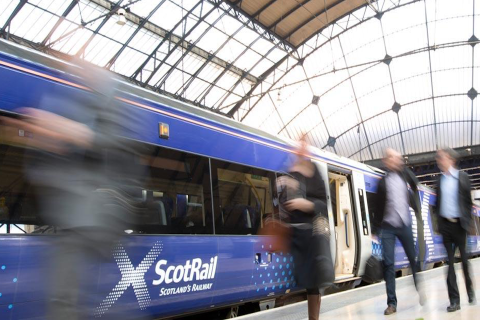European Sleeper talks 2023 and beyond

European Sleeper is working to launch its first night train service to Prague in 2023. In the process it has to overcome a host of obstacles. But in seeing the enduring appeal of the night train with both policymakers and the general public, co-founder Elmer van Buuren gladly takes on the challenge that is running a night train service. Here is where things stand.
Want to read more?
You have read all of your free premium articles for this month. Please become a subscriber to keep reading.
Subscribe now!
Take advantage of our exclusive offer to get full access to all premium content.






I will definitely be a passenger on the ES.
For the later future, after the initial period, could we consider some improvement?
I’d be the author of a research paper on this topic: new types of night trains, to build a real travelling hotel. The work includes interior design concepts, new on-board and off-board services, carriage layouts, a basic business plan to verify.
If you are interested, it is in the book ‘Hotel-Train’, isbn 978-88-31474-12-2.
Thank you!
Flavio Bassi